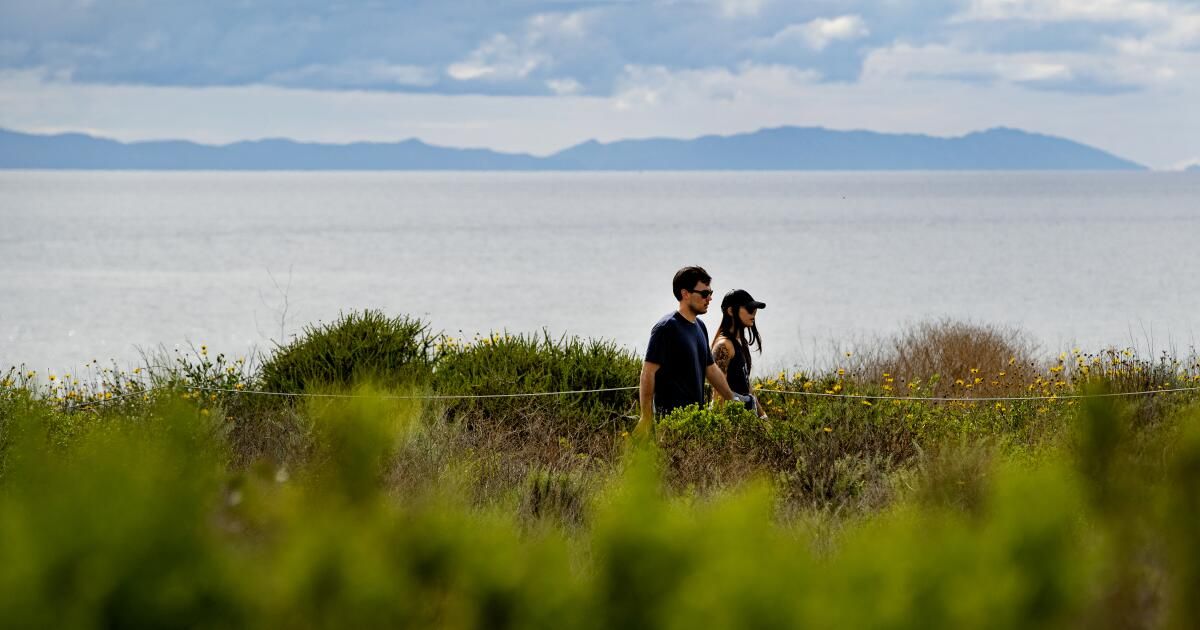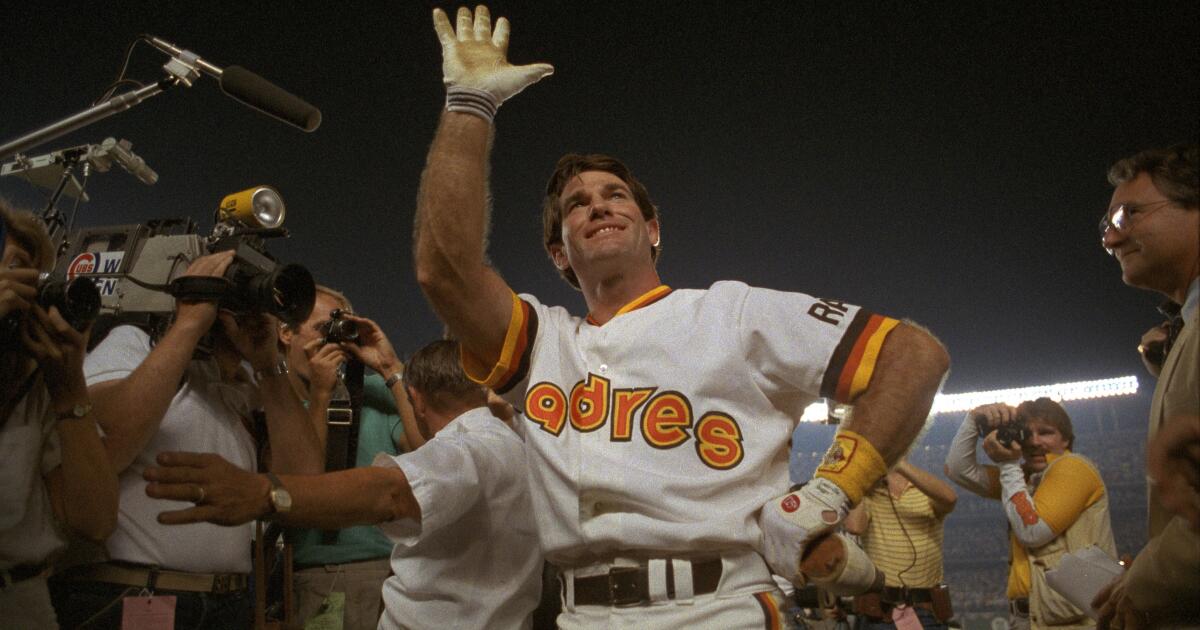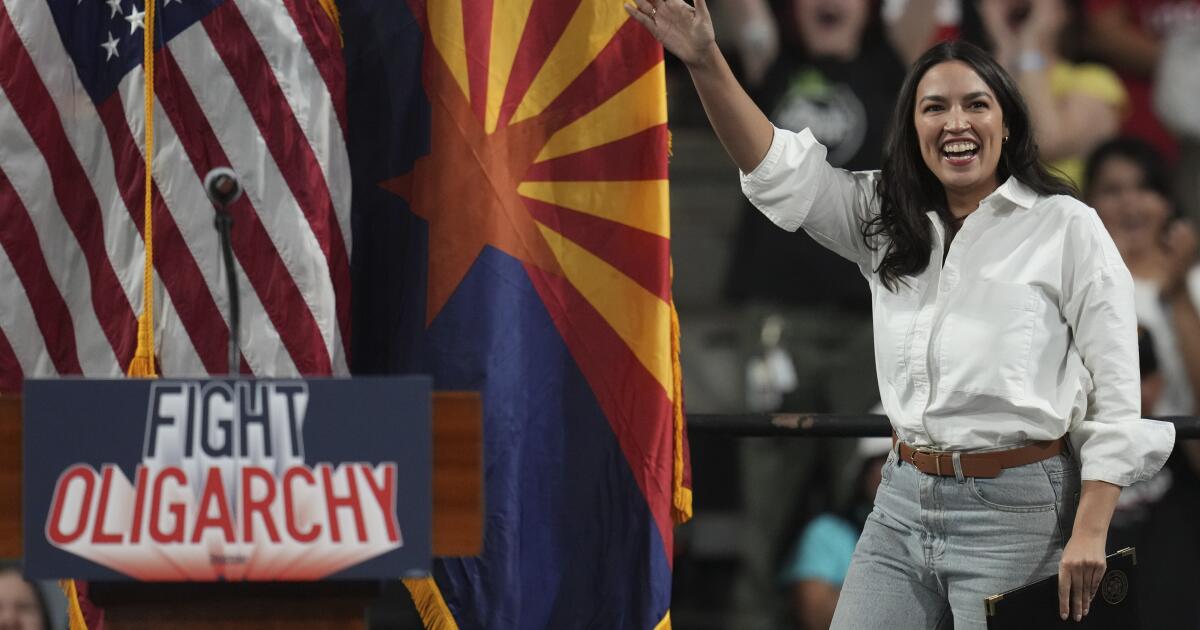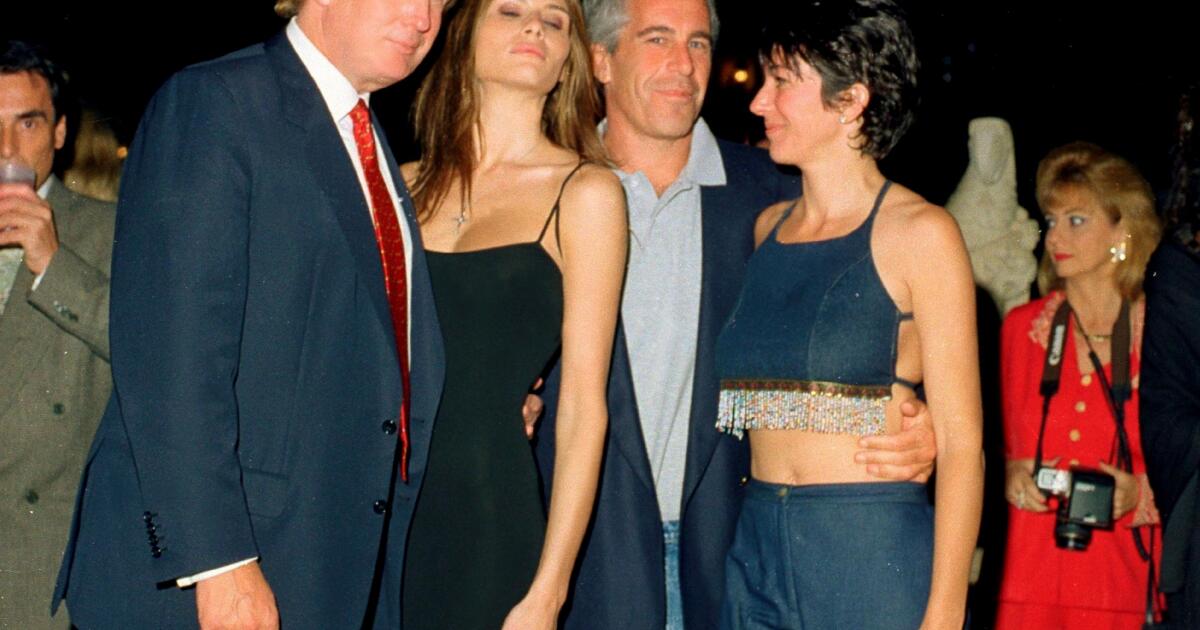When Rancho Dos Ríos opens For visitors next month in the San Joaquin Valley, California will have 280 state parks, making it one of the largest systems in the country, as well as one of the most popular, with around 70 million visitors a year .
Who knows?
The short answer is: almost no one.
Over the past 20 years, I have asked several thousand Californians to name five state parks. Less than 5% can do it. And most of these bewildered respondents are outdoorsy people—the kind of people I meet on the trail or at my hiking talks.
This lack of awareness is more than surprising right now. It is dangerous.
If Californians can't name a handful of state parks, they won't recognize the threat when Sacramento defers investment in the system or (as is inevitably happening again) tries to cut funding.
Gov. Gavin Newsom's proposed $291.5 billion budget for next year would eliminate a $3 million allocation for a widely used program that allows library cardholders (mostly low-income) to get free passes to state parks. But how many lawmakers or voters are likely to oppose it, when most don't even remember the state's hundreds of parks?
The disconnect comes down to name recognition. Many Californians know and love these places, but forget that they are state parks: You may have marveled at the giant sequoias in the western Sierra Nevada, but did you know you were at Calaveras Big Trees State Park? Or if you saw coast redwoods near the Oregon border, did you realize you were in Jedediah Smith Redwoods State Park, home to the tallest trees on Earth? And that when you visited the palm tree oases south between San Diego and the Salton Sea, you were at Anza-Borrego Desert State Park?
In questioning Californians, I find time and time again that people remember the good times and even a lot of information about nature and history, but not the names of the parks: where the gold rush began (Marshall Gold Discovery State Historic Park ), where a famous writer found inspiration (Jack London State Historical Park), where an immigrant community lived and worked (Camp China State Historical Park).
That wonderful weekend in Big Sur? It was actually at Pfeiffer Big Sur, Julia Pfeiffer Burns, Limekiln, Andrew Molera and Garrapata state parks. We miss the parks hidden in plain sight in the hearts of cities, like Watts Towers in Los Angeles and Old Town San Diego. You may have stopped at Hearst Castle halfway between Los Angeles and San Francisco; Another memorable site that people forget is a state park.
These treasures also receive little attention when disaster strikes. The wildfires are reported to be “burning the hills near Malibu,” not “devastating and the iconic “Big Basin Redwoods State Park, California’s first.” State park.”
State parks need a lot of things—more campgrounds, better outreach, funding commensurate with the size and scope of the system—but what they need first and foremost is to be noticed—by the governor, legislators, and the public. Lack of awareness leads to lost opportunities for all Californians to enjoy the parks and a shortage of the kind of financial support and strong management commitment that state parks need to thrive.
That support has never been guaranteed. A century ago, ultraconservative Gov. William Richardson was hostile to the formation of a state parks system, vetoing parks legislation and ranting about the waste of taxpayer money. Pro-park forces prevailed. In 1927 a state park system was established that, in an ironic move, included a beautiful redwood refuge called “Richardson Grove State Park.”
Fast forward to today, when the library program that offers state park passes is under threat. Newsom's proposal to cut $3 million to help close a budget deficit of $37.9 billion – continues a story of unfortunate priorities.
The 2024-25 fiscal allocation for the Department of Parks and Recreation is set at 807 million dollars plus just $1.1 million for all capital improvement projects at all 280 state park sites. Meanwhile, Caltrans, which manages state highways, is planning a $1 billion increase to $17.5 billion.
State parks need and deserve more respect and revenue. Let's start small (let's not eliminate the library's park pass program, for God's sake) and then think big. Instead of increasing Caltrans' generous (some would say bloated) budget, how about a one-time grant to state parks to address its billion-dollar backlog of deferred maintenance and improvement projects?
If more Californians, particularly our policymakers, realized that the places they love are state parks, funding would follow.
John McKinney, author of “Hiking California State Parks” and two dozen other hiking-themed books, has visited all 280 state parks.












